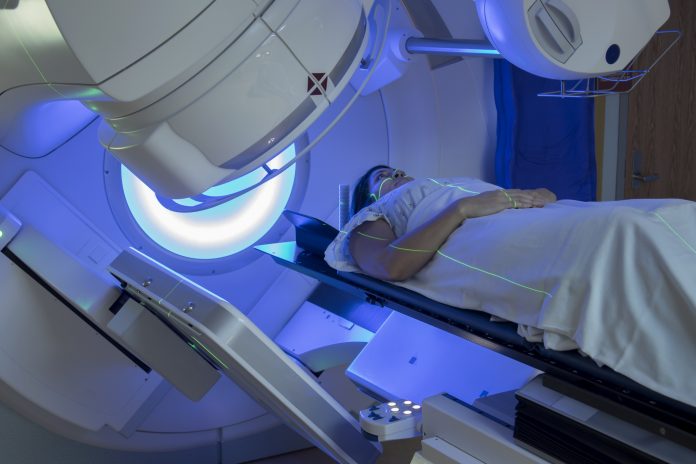
A team of researchers from the University of California, San Francisco (UCSF) have developed an artificial intelligence (AI) model that can predict the likelihood of a cancer patient having an unplanned hospital stay during their chemoradiation therapy (CRT) regimen using daily step count data. The model’s performance, presented this week at the American Society for Radiation Oncology (ASTRO) Annual Meeting, has the potential to reduce the estimated 10% to 20% of patients receive chemotherapy or radiation treatments that will need acute care either in the ED or as a hospital inpatient.
“If you can anticipate a patient’s risk of unplanned hospitalization, you can change how you support them through their cancer treatments and reduce the likelihood that they will end up in the ED or hospital,” said Julian Hong, MD, senior author an assistant professor of radiation oncology and computational health sciences at UCSF.
Eliminating unplanned hospitalizations for patients would improve care quality, as they cause treatment disruptions and increase stress that may affect patient outcomes. The hope is that early identification of patients at risk can allow for early intervention to prevent this treatment complication.
For the current study, Hong and lead author Isabel Friesner collaborated with Nitrin Ohri, MD, of Montefiore Medical Center in New York, using wearables data collected from 214 patients in three prospective clinical trials. The subjects in each of the trials wore fitness trackers which collected activity data over the course of several weeks while they received chemoradiation therapy.
Using these data, the team developed and tested an elastic net-regularized logistic regression model, a type of machine-learning model that can analyze a large amount of complex information. The goal of their model was to predict the likelihood that a patient would be hospitalized in the next week, based on their previous two weeks of data.
Researchers first created the model by examining how well different variables predicted hospitalization, using data from 70% of the trial participants (151 people). Potential predictors in the model included patient characteristics (e.g., age, ECOG performance status), as well as activity data measured before and during treatment. In addition to daily step totals, the researchers computed other metrics, such as relative changes to a person’s week-by-week averages or the difference in the minimum and maximum number of steps each week.
The research team then validated the model using the remaining 30% of patients (63 people). The model that integrated step counts was strongly predictive of hospitalization the following week (AUC = 0.80, 95% confidence interval [CI] 0.60-0.90), and it significantly outperformed the model without step counts (AUC = 0.46, 95% CI 0.24-0.66, p<0.001).
“The step counts immediately preceding the prediction window ended up being generally more predictive than clinical variables. The dynamic nature of the step counts, the fact that they’re changing every day, seems to make them a particularly good indicator of a patient’s health status,” said Dr. Hong.
The top predictive variables in the model included step counts from each of the past two days, as well as the relative changes in maximum step count and step count range over the past two weeks.
The use of dynamic data differentiates this model from those based on clinical data like performance status and tumor histology. “One of the unique parts of this model is that it’s designed to be a running prediction,” explained Ms. Friesner. “You can run the algorithm on any given day and have an idea of a patient’s risk level one week out, giving you time to provide that additional support they need.”
Next steps for the investigators include a more rigorous validation of the algorithm in a clinical trial for which Ohri is the principal investigator. This trial will randomize patients undergoing CRT for lung cancer to treatment with or without daily step count monitoring. Physicians of patients on the step count arm will receive output from the model throughout the treatment process.













